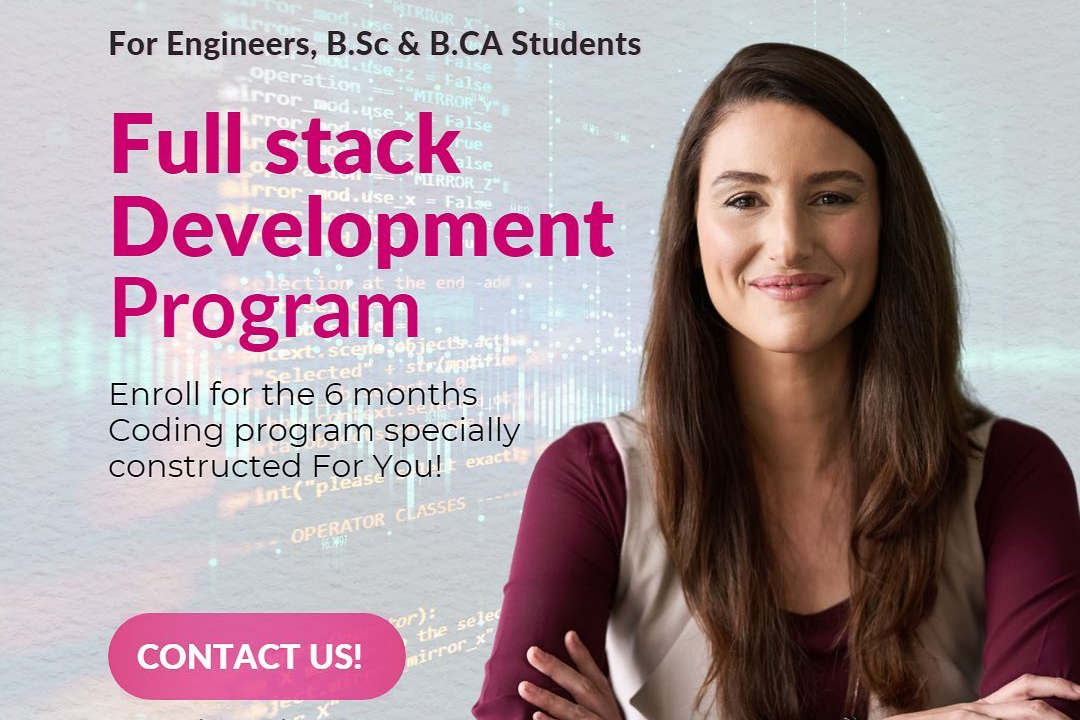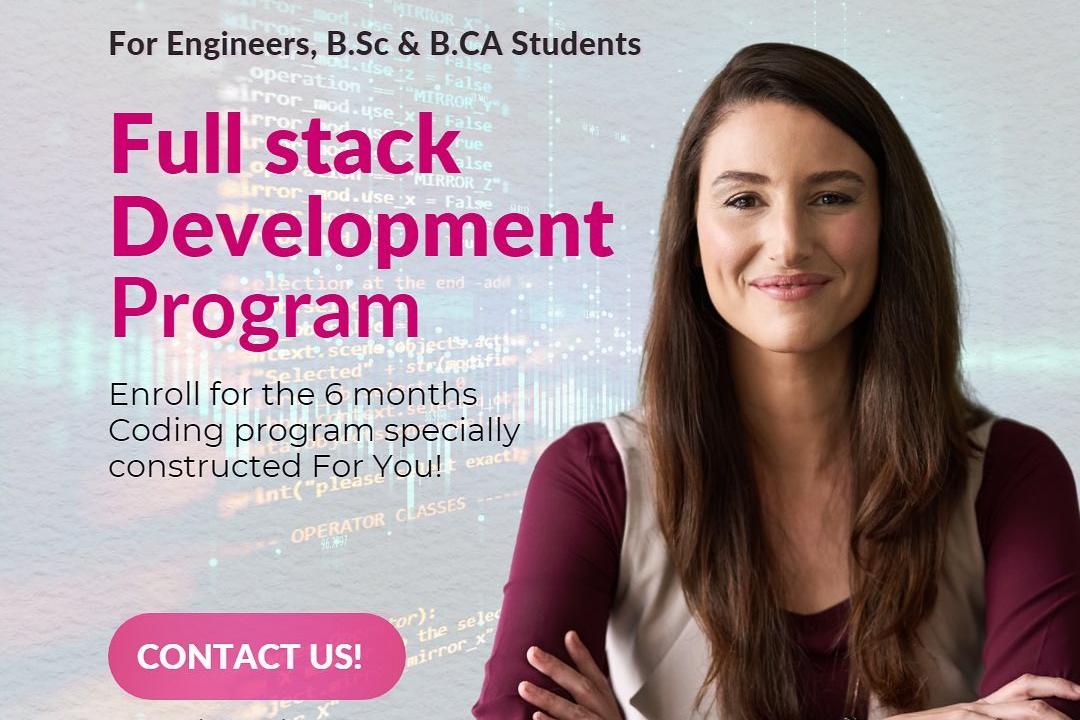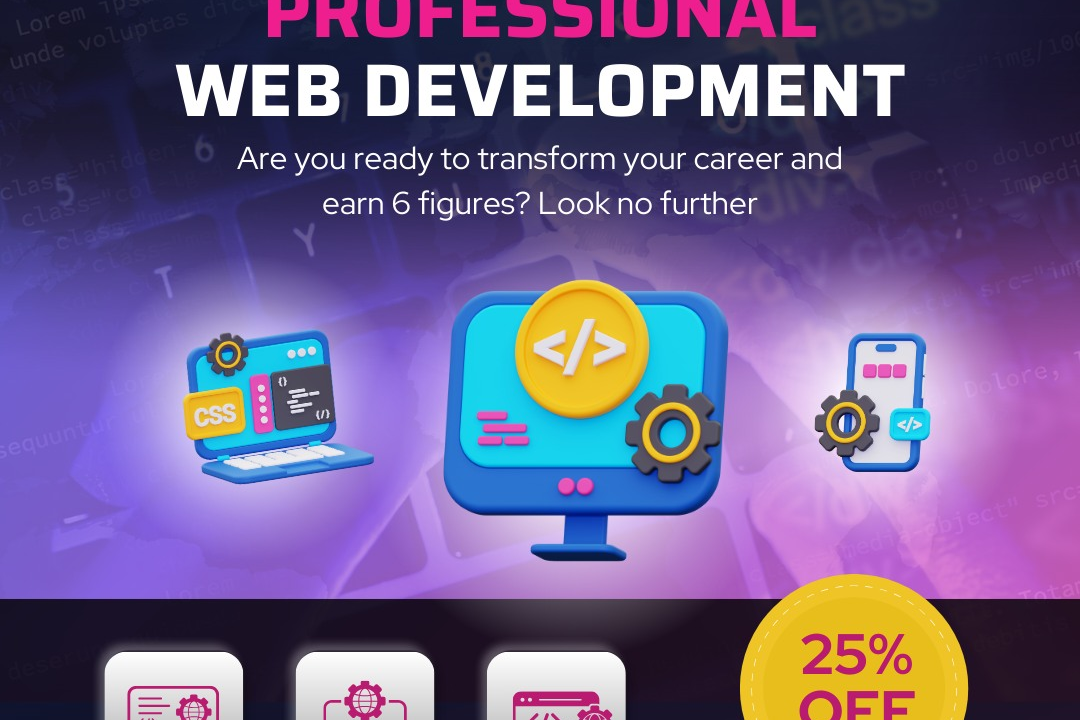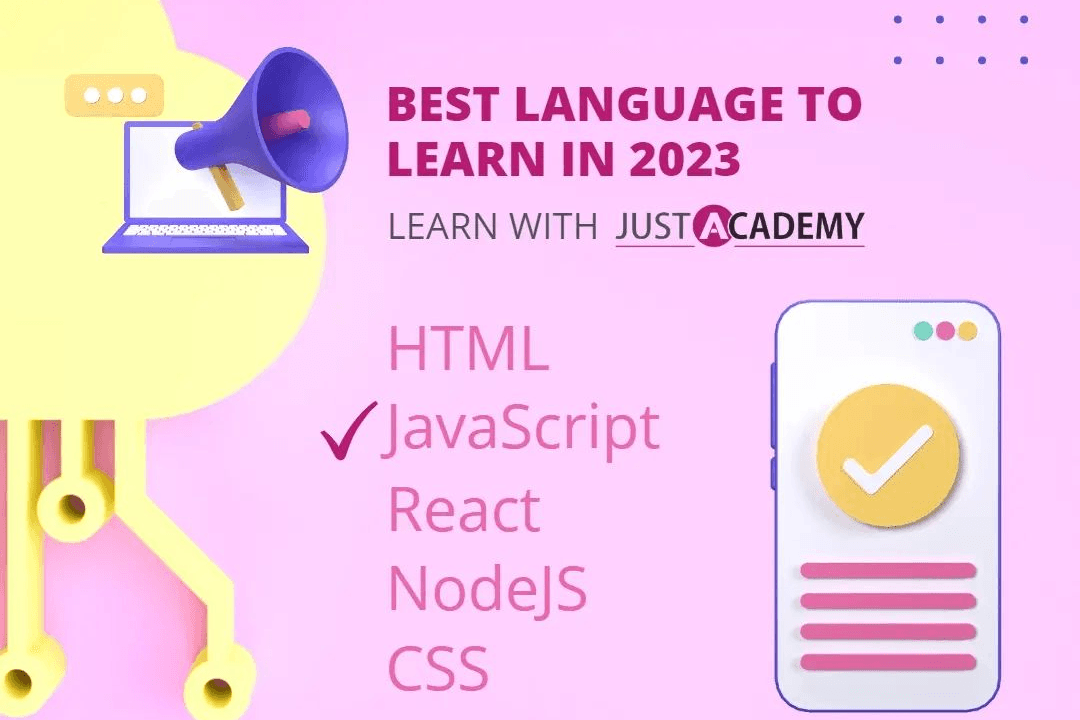Laravel Interview Questions And Answers 2018
Essential Laravel Interview Questions and Answers for 2023
Laravel Interview Questions And Answers 2018
Laravel interview questions and answers from 2018 remain relevant for aspiring developers as they provide a solid foundation in understanding the framework's core concepts and its ecosystem. Mastery of these questions equips candidates with the ability to demonstrate their knowledge of Laravel's features, such as routing, middleware, and Eloquent ORM, which are crucial for developing robust web applications. Additionally, revisiting these questions aids in revising best practices and design patterns that have shaped the Laravel community, thereby boosting candidates' confidence and preparedness for technical interviews in today's competitive job market.
To Download Our Brochure: https://www.justacademy.co/download-brochure-for-free
Message us for more information: +91 9987184296
1 - What is Laravel?
Laravel is an open source PHP framework designed for building web applications following the MVC (Model View Controller) architectural pattern. It provides a clean, elegant syntax that simplifies the development process.
2) What are the benefits of using Laravel?
Some key benefits include its built in authentication and authorization, an expressive ORM called Eloquent, robust routing, easy integration with third party services, and a vibrant community for support and resources.
3) What is Eloquent in Laravel?
Eloquent is Laravel’s built in ORM that provides a simple, ActiveRecord implementation for working with database records. It allows developers to interact with the database using PHP syntax instead of SQL queries.
4) How does routing work in Laravel?
Laravel's routing allows developers to define routes in a `routes/web.php` file, where they can specify URIs and associate them with controller actions or closures, making it easy to manage application navigation.
5) What is Middleware?
Middleware in Laravel is a mechanism for filtering HTTP requests entering your application. It can be used to perform tasks such as authentication, logging, and CORS (Cross Origin Resource Sharing) validations.
6) Explain dependency injection in Laravel.
Dependency injection in Laravel is a design pattern that allows classes to receive their dependencies from an external source rather than creating them internally. This leads to more maintainable and testable code.
7) What is Laravel’s service container?
The service container is a powerful tool for managing class dependencies and performing dependency injection. It is responsible for instantiating objects and managing their dependencies throughout the application.
8) How do you perform database migrations?
Database migrations in Laravel are handled through artisan commands such as `php artisan migrate`, which allows you to create and manage your database schema in a version controlled way using migration files.
9) What are seeds in Laravel?
Seeds are scripts that allow you to populate your database with sample data. You can create seed classes and run them using `php artisan db:seed` to automate the data insertion process, making development easier.
10) What is the purpose of Laravel’s .env file?
The .env file is used to configure environment variables in a Laravel application. It provides a secure way to manage sensitive information such as database credentials, API keys, and application settings without hardcoding them.
11 - How can you validate forms in Laravel?
Laravel offers a robust validation system that can be utilized through the `Request` object or by using the `Validator` facade, allowing developers to define rules and display error messages for invalid form submissions.
12) What are Laravel Policies?
Policies in Laravel are a way to organize authorization logic around specific models. They define methods that control access to various actions, ensuring that proper permission checks are implemented throughout the application.
13) What is the use of the `artisan` command?
`Artisan` is the command line interface included with Laravel that provides a set of helpful command line tools to automate common tasks such as database migrations, seeding, and running tests, enhancing developer productivity.
14) Explain Laravel’s built in authentication.
Laravel comes with a built in authentication system that includes user registration, login, password reset, and email verification. Developers can implement it easily using the `php artisan make:auth` command, allowing fast setup.
15) What are reserved words in Laravel migrations?
Reserved words in Laravel migrations are predefined SQL keywords that cannot be used as identifiers (like table or column names) without proper escaping. Common examples include “select,” “create,” and “update,” which can cause syntax errors if misused.
16) What is a Controller in Laravel?
Controllers in Laravel are classes that handle user requests and return responses. They serve as an intermediary between models and views, ensuring a clean separation of application logic and presentation.
17) How do you implement Laravel’s Blade templating engine?
Blade is Laravel's powerful templating engine that allows you to write more dynamic views. It provides features like template inheritance, control structures (if, for), and includes, making it easier to compose complex HTML layouts.
18) What are Laravel Jobs and Queues?
Jobs in Laravel are tasks that you can push to a queue for asynchronous processing, which helps to improve application performance. Queues allow your application to handle time consuming tasks, such as sending emails or processing uploads without blocking the user interface.
19) What is Laravel Mix?
Laravel Mix is a wrapper around webpack that simplifies asset compilation and management for Laravel applications. It allows developers to define Webpack build steps in a clean and expressive way, handling CSS and JavaScript dependencies seamlessly.
20) Explain Event Handling in Laravel.
Laravel offers a robust event and listener system that allows you to decouple various parts of your application. Events can be emitted to signify occurrences, while listeners can handle those events, enabling a flexible and maintainable architecture.
21 - What is the role of service providers in Laravel?
Service providers are the central place of all Laravel application bootstrapping. They are responsible for registering services, binding implementations to the service container, and configuring package integrations, allowing developers to plug in functionalities easily.
22) How does Laravel manage error handling?
Laravel provides an exception handler that allows developers to handle errors and exceptions gracefully. It includes a simple interface for displaying custom error pages and logging errors, making debugging easier and providing a better user experience.
23) What are Laravel facades?
Facades in Laravel provide a static interface to classes that are available in the application’s service container. They allow for expressive syntax while maintaining the flexibility and power of dependency injection.
24) How do you implement localization in Laravel?
Localization in Laravel is achieved through language files stored in the `resources/lang` directory. Developers can easily manage translations and switch languages based on user preferences using Laravel’s built in localization features.
25) What are Laravel Collections?
Collections are an enhanced PHP array object in Laravel that provide a fluent, convenient wrapper for working with arrays of data. They offer numerous methods for filtering, transforming, and reducing data, making data manipulation easier and more readable.
26) Explain the concept of Resource Controllers.
Resource controllers in Laravel provide a way to create a controller that handles all basic CRUD actions (create, read, update, delete) automatically. This simplifies routing and reduces boilerplate code when building RESTful APIs or web applications.
27) What is the purpose of CSRF protection in Laravel?
CSRF (Cross Site Request Forgery) protection in Laravel prevents malicious sites from performing actions on behalf of authenticated users. Laravel automatically generates CSRF tokens for forms and AJAX requests to secure applications against such attacks.
28) How can you create custom Artisan commands?
You can create custom Artisan commands in Laravel by using `php artisan make:command CommandName`. Within the generated command class, you can define your logic and register it in the `Kernel.php` file to be executed via the command line.
29) What is Laravel’s API Resource?
API Resources in Laravel provide a convenient way to transform models and collections into JSON responses. They allow developers to customize the structure of the response, making API development cleaner and more manageable.
30) How do you handle file uploads in Laravel?
File uploads in Laravel can be handled using the `request` object to retrieve files and the `Storage` facade to store files securely. Laravel provides various methods for validating and managing file uploads easily.
31 - What is the role of the route model binding in Laravel?
Route model binding in Laravel allows you to automatically resolve model instances based on the route parameters. This means you can type hint models in controller methods and Laravel will fetch the corresponding record from the database.
32) Explain how to create migrations for relationships in Laravel.
When creating migrations for relationships, you typically define foreign key constraints using the `foreign` method in your migration files. This ensures data integrity by establishing relationships between tables, such as one to many or many to many.
33) What is Laravel Telescope?
Laravel Telescope is an elegant debugging assistant for Laravel applications that provides insight into the application’s requests, exceptions, logs, and events. It helps developers monitor application performance and debug issues efficiently.
34) How does Laravel handle sessions?
Laravel provides a simple and intuitive session management system that supports various session backends, such as file, cookie, database, and Redis. Developers can store user data in sessions using the `session` facade, enhancing user experience.
35) What are custom validation rules in Laravel?
Custom validation rules in Laravel allow developers to create their own validation logic as needed. Using the `make:rule` Artisan command, you can create a custom rule class, allowing for better control over how input is validated within your application.
Course Overview
The “Laravel Interview Questions and Answers 2018” course is designed to equip learners with a comprehensive understanding of essential Laravel concepts and best practices, targeted specifically for interview preparation. This course covers a wide array of topics, including routing, middleware, controllers, models, views, and authentication, alongside advanced features like Eloquent ORM, Blade templating, and service providers. With a focus on real-world scenarios, participants will engage with common interview questions, gain insights into Laravel's functionality, and develop practical skills to confidently tackle technical interviews. By the end of the course, learners will be well-prepared to impress potential employers with their expertise in Laravel, ensuring they stand out in the competitive job market.
Course Description
The “Laravel Interview Questions and Answers 2018” course provides an in-depth exploration of Laravel's core concepts and functionalities, ideal for those preparing for interviews in the web development field. Participants will delve into essential topics such as routing, middleware, controllers, and Eloquent ORM, while also addressing common interview questions and best practices. Through a combination of theoretical knowledge and practical application, learners will enhance their understanding of Laravel and build confidence in their ability to navigate technical interviews effectively. This course empowers candidates with the skills needed to excel in their job search and secure opportunities in the competitive tech landscape.
Key Features
1 - Comprehensive Tool Coverage: Provides hands-on training with a range of industry-standard testing tools, including Selenium, JIRA, LoadRunner, and TestRail.
2) Practical Exercises: Features real-world exercises and case studies to apply tools in various testing scenarios.
3) Interactive Learning: Includes interactive sessions with industry experts for personalized feedback and guidance.
4) Detailed Tutorials: Offers extensive tutorials and documentation on tool functionalities and best practices.
5) Advanced Techniques: Covers both fundamental and advanced techniques for using testing tools effectively.
6) Data Visualization: Integrates tools for visualizing test metrics and results, enhancing data interpretation and decision-making.
7) Tool Integration: Teaches how to integrate testing tools into the software development lifecycle for streamlined workflows.
8) Project-Based Learning: Focuses on project-based learning to build practical skills and create a portfolio of completed tasks.
9) Career Support: Provides resources and support for applying learned skills to real-world job scenarios, including resume building and interview preparation.
10) Up-to-Date Content: Ensures that course materials reflect the latest industry standards and tool updates.
Benefits of taking our course
Functional Tools
1 - Laravel Framework: At the core of the course is the Laravel framework itself, which is a powerful and popular PHP framework for web application development. The course provides hands on tutorials in which students learn about features such as routing, middleware, and controllers. Mastering Laravel equips students with the capabilities to build robust and scalable web applications, leveraging modern paradigms and best practices.
2) Composer: Composer is a dependency manager for PHP that is widely used in Laravel applications. Students learn how to manage libraries and packages effectively using Composer, ensuring they can keep their projects updated with the latest versions. Understanding Composer equips students with the skills to handle package installations, autoloading, and version constraints, which are fundamental in managing Laravel projects efficiently.
3) MySQL Database: The course includes a comprehensive introduction to MySQL for database management, which is integral to most Laravel applications. Students will learn how to create, manipulate, and manage databases, as well as how to interact with them using Eloquent ORM. The ability to work with MySQL is crucial for any developer, as backend data handling plays a pivotal role in application functionality.
4) Postman: Postman is an indispensable tool for API development and testing. Within the course, students are introduced to the use of Postman for sending HTTP requests and analyzing responses from Laravel applications. This tool enhances their understanding of RESTful APIs and allows them to effectively test endpoints during development. Proficiency in Postman is a valuable requirement for developers working with modern web applications.
5) Git and GitHub: Version control is a critical aspect of modern development projects. In this course, students are trained in using Git for source code management and GitHub for collaboration and project sharing. Learning to work with branches, commits, and pull requests helps students understand collaborative development environments. These skills are essential for developers to work effectively in teams, managing changes to the codebase responsibly.
6) Laravel Mix: Laravel Mix is an asset compilation tool that simplifies the process of managing CSS and JavaScript. Students learn how to utilize Laravel Mix for tasks such as compiling SASS/SCSS, bundling JavaScript, and optimizing assets. Mastery of this tool enables students to deploy their applications with efficient front end workflows, ensuring that they can manage various assets properly while maintaining high performance.
These tools and technologies form the backbone of the “Laravel Interview Questions and Answers 2018” course, empowering students to gain practical experience. By working closely with these tools, learners acquire a robust skill set that is essential in the competitive job market for Laravel developers. The course combines theoretical knowledge with practical applications, preparing students thoroughly for both interviews and real world software development challenges.
Here are additional points that delve deeper into the skills and technologies covered in the Laravel course offered by JustAcademy:
7) Blade Templating Engine: Blade is Laravel's built in templating engine that allows developers to create dynamic layouts with ease. Students will learn how to extend Blade's functionality by using components and partial views, which streamline the process of building reusable UI elements. Understanding Blade enhances the ability to create clean and maintainable code, elevating the overall development experience.
8) RESTful API Development: The course emphasizes the creation of RESTful APIs using Laravel. Students learn how to structure their applications to handle API requests and responses, implement authentication through tokens, and adhere to best practices in API design. This knowledge is crucial for developers looking to build modern applications that interact with various front end technologies.
9) Middleware: Middleware in Laravel acts as a bridge between a request asponse, allowing for filtering and modifying HTTP requests entering your application. The course provides an overview of built in middleware while also teaching students how to create custom middleware for tasks like authentication and logging. This understanding enriches the application’s capabilities and enhances security.
10) Validation and Error Handling: Students learn the importance of input validation and error handling in Laravel applications. The course covers the various validation techniques, including form requests and built in validation rules, ensuring that students can protect their applications against incorrect user inputs. In addition, effective error handling strategies are presented to help developers manage exceptions gracefully.
11 - Database Migrations and Seeding: Understanding how to manage database schema changes is fundamental to any Laravel project. The course teaches students how to create and run migrations, allowing them to version control the database structure. Furthermore, students are introduced to seeding databases with dummy data, facilitating development and testing while accelerating the onboarding process for new developers.
12) Artisan Console: The Artisan command line interface is a crucial part of Laravel that allows developers to perform various tasks efficiently. The course familiarizes students with common Artisan commands, enabling automation of repetitive tasks such as migrating databases, running tests, and creating boilerplate code. Mastery of Artisan enhances productimlines workflows.
13) Unit Testing and TDD: The course also covers testing methodologies, particularly unit testing and Test Driven Development (TDD) using PHPUnit. Students learn how to write test cases to verify their application’s functionality, ensuring that code changes do not break existing features. This practice instills a strong foundation in quality assurance, preparing them for high stakes software development environments.
14) Laravel Notifications: The notification system in Laravel allows developers to send alerts through various channels, including email, SMS, and Slack. Students will gain practical experience in implementing and customizing notifications, which are pivotal for enhancing user engagement and responsiveness in applications.
15) Security Awareness: Security is paramount when developing web applications. The course emphasizes securing Laravel applications by protecting against common vulnerabilities such as SQL injection, cross site scripting (XSS), and cross site request forgery (CSRF). Understanding best security practices empowers students to build robust applications that safeguard user data.
By covering these additional aspects, the Laravel course at JustAcademy prepares students with an extensive skill set that not only makes them proficient in Laravel development but also equips them to tackle real world projects with confidence. This comprehensive approach ensures that learners are well prepared for technical interviews and successful careers in the tech industry.
Browse our course links : https://www.justacademy.co/all-courses
To Join our FREE DEMO Session: Click Here
This information is sourced from JustAcademy
Contact Info:
Roshan Chaturvedi
Message us on Whatsapp:
Email id: info@justacademy.co
Angular Technical Interview Questions
Interview Questions Node.Js Tutorial Pointaerts dna ytiver a dn












